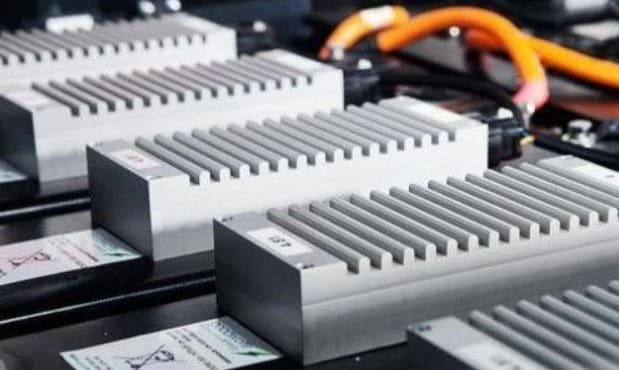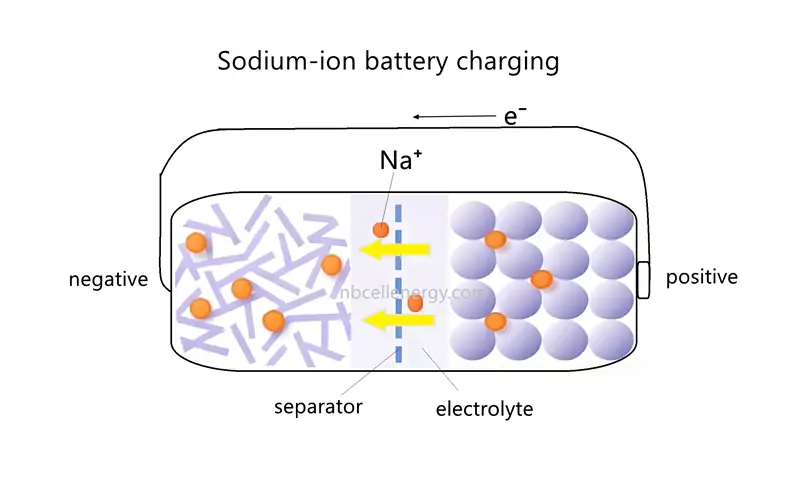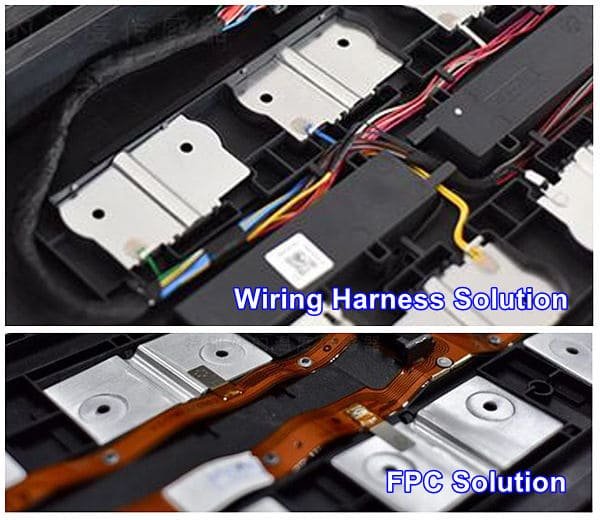ACIR vs DCIR, what's the difference?
In the lithium industry, the internal resistance of the battery is one of the most important indicators for evaluating product performance. We can often see the information of lithium battery internal resistance in the specification or battery data sheet. However, if you are careful, you may find that some internal resistance shows ACIR and some shows DCIR, so what is the difference and connection between ACIR and DCIR? What information do they represent? Which data should we take as the basis? This article will bring you the answers to these questions.
Table of Contents

What is ACIR?
ACIR is Alternating Current Internal Resistance, a type of battery internal resistance. It is the ability to impede the passage of alternating current. Numerically, ACIR is a variable value that is related to the applied frequency. Generally the greater the frequency, the lower the ACIR, while DCIR is much less affected by frequency, but it does have an effect.
Under the action of high-frequency alternating current (AC), lithium ions are too late to move significantly inside the battery, avoiding the consumption and diffusion of the electrode surface material, and minimising the interference of the polarisation effect, at which time the measured ACIR value is considered to be equivalent to the battery’s ohmic internal resistance.
Lithium-ion batteries generally use AC power at 1kHz frequency, under this test, the ACIR measured value is equivalent to ohmic internal resistance. We can see that many lithium battery manufacturers provide internal resistance in the specification will be marked ACIR, 1kHz.
What is DCIR?
DCIR is Direct Current Internal Resistance, a type of battery internal resistance. It is the ability to impede the passage of direct current. It is the ratio of the change in voltage of a battery to the corresponding change in discharge current under operating conditions, and its value can be derived by testing.
It is also called dynamic resistance because there is a significant change in the spatial position of the Li ions during the test.
Due to the existence of polarisation, DCIR contains ohmic internal resistance and polarisation internal resistance, etc.. The value of DCIR tested is the impedance that the lithium-ion battery exhibits during operation.

Test Method for ACIR
The ACIR is tested by injecting a sine wave current signal into the positive and negative terminals of the battery, and at the same time detecting and obtaining a sine wave voltage signal at the other two terminals, which leads to the derivation of the AC impedance of the battery.
Li-ion battery manufacturers usually use a special battery internal resistance tester, set the test conditions using 1000Hz AC, by applying an AC current signal and measuring the voltage response at both ends of the battery, to calculate the ACIR of the battery.
Test Method for DCIR
DCIR test applies a DC signal to the battery, typically a constant pulse current. The battery is charged and discharged using a current (I) of a specific multiplier, limiting the charging and discharging time (t) to a finite value, and the battery voltage before charging and discharging is recorded as (U1), and after charging and discharging is recorded as (U2), which is obtained by calculating: R = (U2 – U1)/I .
The DCIR can generally be thought of as the ohmic internal resistance + charge transfer impedance + lithium ion migration impedance of the battery (differences in test methods can result in the non-appearance of the concentration polarisation, so it may also include only the ohmic internal resistance + charge transfer impedance).
Difference between DCIR and ACIR
Both ACIR and DCIR are manifestations of the internal resistance of a battery, and there is a certain relationship between them. As can be seen from the analysis of the above article, DCIR usually includes all the impedances in a battery, including ohmic resistance, interface impedance, charge transfer impedance, and diffusion impedance. And ACIR, especially at high frequencies, mainly represents ohmic internal resistance. Therefore, usually, the value of ACIR will be smaller thanDCIR.
It has also been shown that when the current frequency is low, the two are linearly related. This means that under specific low-frequency conditions, we can indirectly get the value of DCIR through the measurement of ACIR, and use the ACIR at low frequency as another measurement of DCIR. It provides more selectivity and flexibility for the measurement of battery internal resistance.
ACIR test results are highly repeatable and fast, with test times in the millisecond range. Paired with automated equipment, efficient batch measurements can be achieved. The ACIR tester is small and lightweight, with a simple and energy-efficient test process that enables fast measurements, making it particularly suitable for battery inspections and cell group testing.
Compared to ACIR, battery DCIR test results are relatively less reproducible, measurements take longer, and battery charge/discharge test results need to be calculated. DCIR testers, i.e., battery charge/discharge equipment, are more reliable than ACIR tests, and the instruments are larger, heavier, and consume more power; however, in practice DCIR will be much closer to the internal resistance of the battery.
To sum up, ACIR test is more convenient, fast and low-cost, coupled with the two also have a certain correlation, battery manufacturers usually use ACIR to assess the internal resistance of the battery, the battery specification most of the time also provides the value of ACIR.

Application of DCIR and ACIR
In practice, measurements of DCIR and ACIR are sometimes combined to provide a more complete picture of the battery’s performance. DCIR can more truly reflect the superimposed values of various resistances and capacitances within the battery, while ACIR provides more information about the electrochemical reactions. Also, when combined with analysis of temperature, state of charge, and other factors, the health and performance of the battery can be more accurately assessed.
DCIR is commonly used to evaluate the power performance of a battery and its performance in real use. It is important for the battery’s discharge capacity, charging efficiency and other aspects.
ACIR has a wide range of applications in battery research and development, quality control and electrochemical analysis. It can help to study the electrochemical reaction mechanism, interface properties of batteries.
The change of ohmic impedance of lithium-ion batteries is limited during use, however, with the repeated charging and discharging process of the battery cell, some irreversible solid substances will be continuously deposited on the surface of the electrodes, corresponding to the thickening of the SEI film, which leads to the increasing of the electrochemical and diffusive internal resistances of the battery cell. Therefore, to evaluate the aging of batteries in practice, testing the DCIR is more researchable and worthy of attention than the ACIR.
Usually, in the production of batteries, after the completion of each process, the battery will be tested for internal resistance to detect defective batteries. Before the battery is shipped, in order to ensure the quality of the battery and the consistency requirements of the battery, the battery will also be sorted and grouped by the value of the internal resistance. ACIR testing is efficient and low cost, manufacturers often choose ACIR to evaluate the battery.






